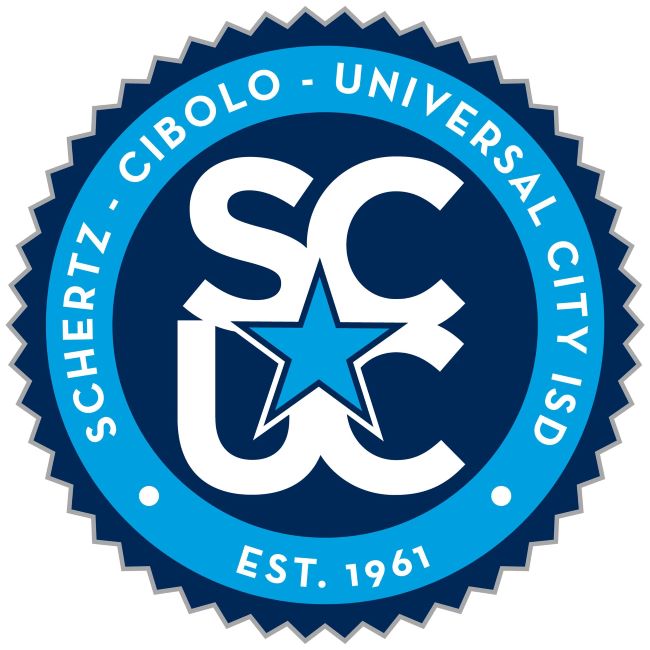Article
Strategic Staffing: Part 5—Educational Aides and Campus Clerical
The final article in our strategic staffing series focuses on educational aides and campus clerical staff.
Log In to Keep Reading
This information is exclusively for TASB members. Please log in to access the content.
Log in




